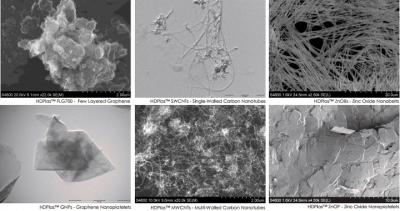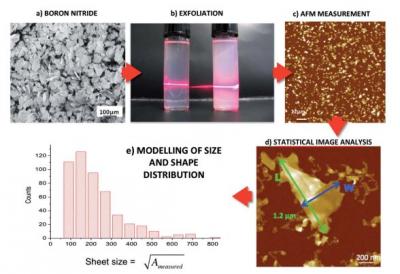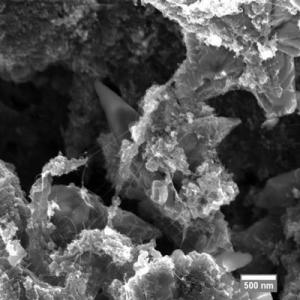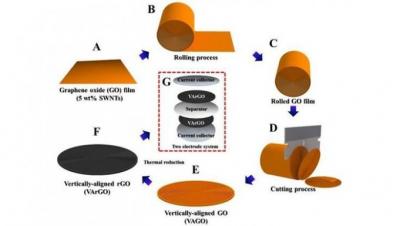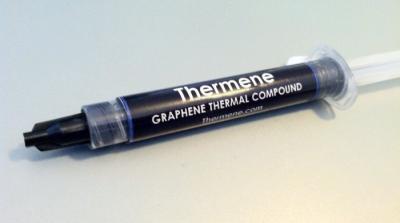Defects can make graphene substantially less strong
Researchers from Rice University and Georgia Tech measured the fracture toughness of imperfect graphene for the first time and found it to be somewhat brittle. It turns out that graphene is really only as strong as its weakest link, and this can make a defected graphene substantially less strong than a perfect graphene.
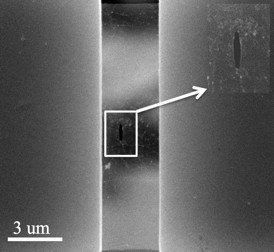
According to the researchers, graphene follows the century-old Griffith theory that quantifies the useful strength of brittle materials. Imperfections in graphene drastically lessen its strength (which has an upper limit of about 100 gigapascals for a perfect graphene).
